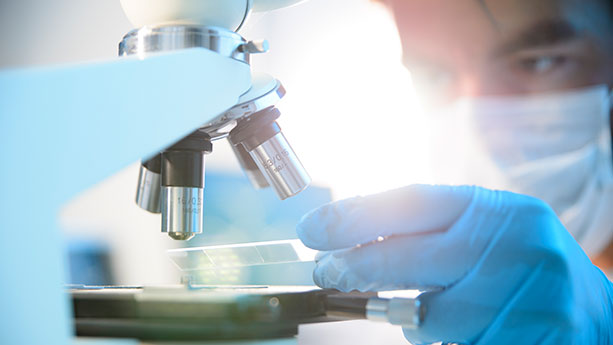Most back problems are resolved without the need for surgery, but for some conditions back and spine surgery can help. Sutter Health network board-certified neurosurgeons and orthopedic surgeons offer the latest in advanced surgical procedures and techniques.
Disc Repair
In patients with pain due to a degenerated or herniated disc, surgeries such as a microdiscectomy to remove part of the disc can help provide relief. In some cases, a corpectomy, removal of part or all of a vertebra, may also be involved.
Sacroiliac (SI) Joint Fusion
Up to 35% of people with low back pain may actually have a painful sacroiliac joint, where the sacrum and ilium pelvic bones meet. Because an MRI scan may be normal, SI joint pain can go undiagnosed for years. Comprehensive treatment includes SI joint injection or ablations. If these therapies don’t relieve the pain, you may be a good candidate for minimally invasive sacroiliac joint fusion. This surgery is performed through a 1-inch incision, takes less than an hour and involves minimal blood loss. Implants are placed across the SI joint to stabilize the joint, resulting in pain relief in most cases.
Spinal Stenosis
Spinal stenosis—a narrowing of the spinal canal due to arthritis, bone spurs or fractures—can cause pain, tingling and numbness. In these cases, surgeries such as laminoplasty, laminectomy and foraminotomy can relieve pressure from the nerves and/or spinal cord. In some cases, an arthrodesis (spinal fusion) can support the spine by fusing the bone together.
Kyphosis Correction
Kyphosis, which is similar to scoliosis, is another type of abnormal curvature of the spine. It can produce a rounded or hunched back as well as pain and reduced mobility. Kyphosis correction surgery uses spinal implants to help straighten and stabilize the spine.














